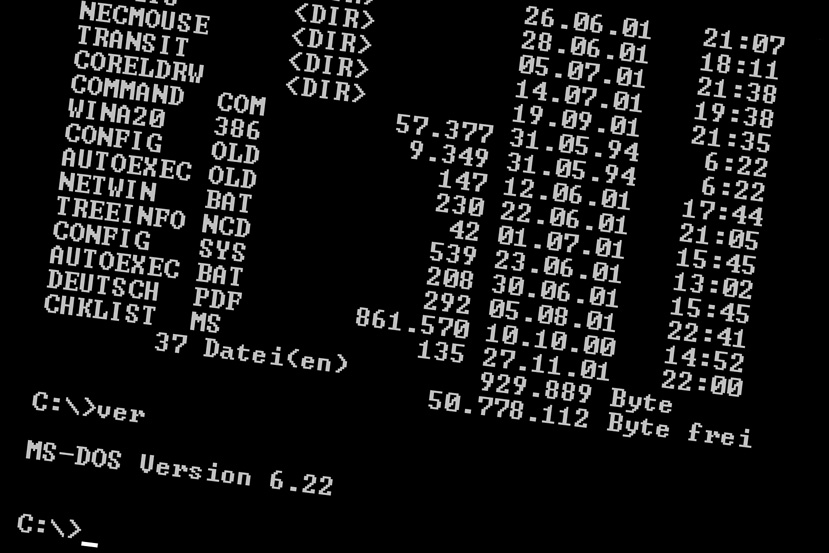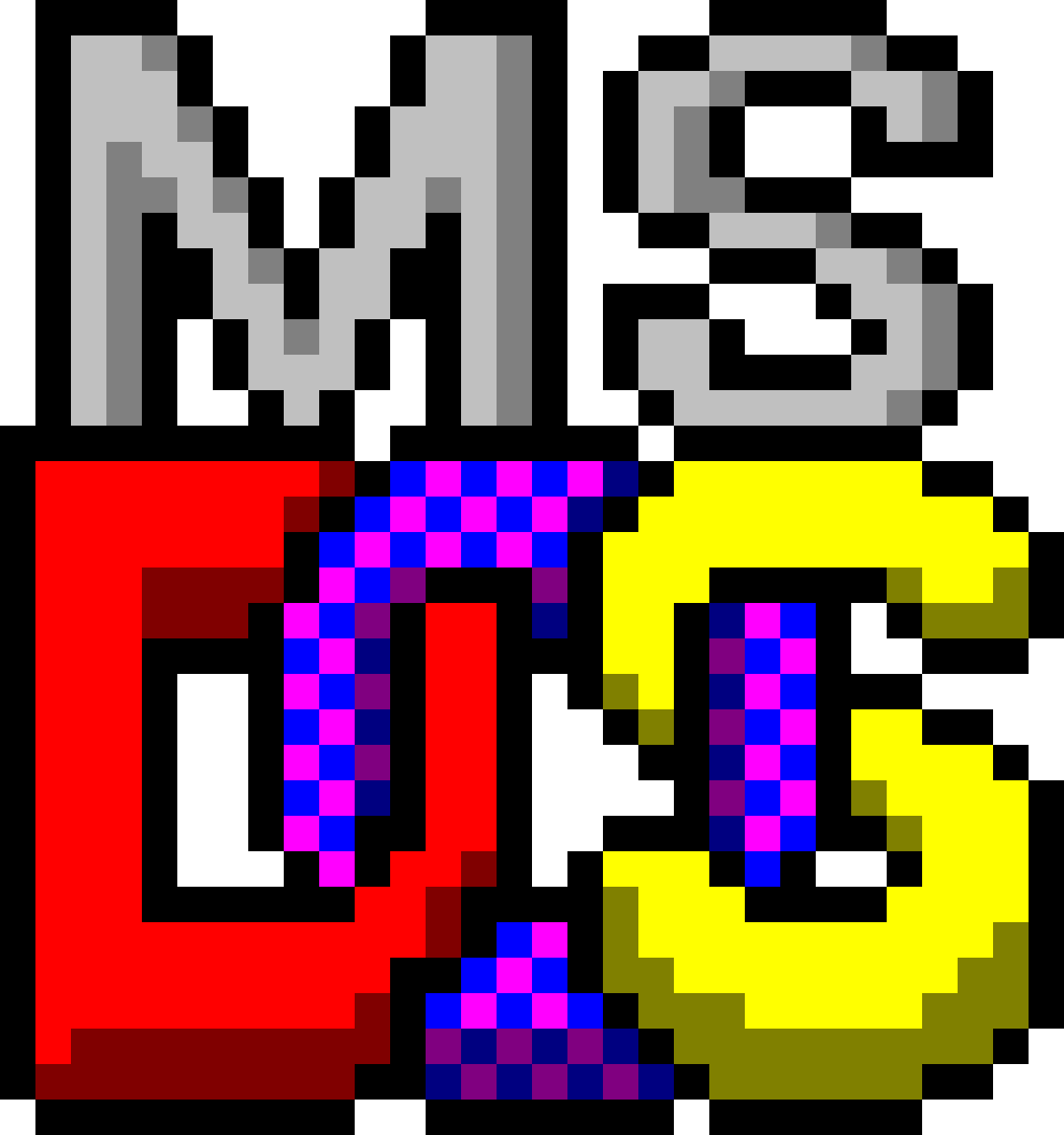DOS & Emulators: Fix Search & Run Vintage PC Apps!
Does the seemingly archaic world of command lines and vintage operating systems still hold relevance in our modern, graphically-driven computing landscape? Absolutely. Understanding the foundational principles behind Disk Operating System (DOS) not only offers a valuable historical perspective but also unveils the underlying mechanisms that continue to influence contemporary operating systems.The legacy of DOS, despite its eventual decline, remains etched into the annals of computing history. Its impact is palpable, even in the sleekest, most user-friendly interfaces of today. To dismiss DOS as a relic of the past is to ignore the building blocks upon which much of our current technological infrastructure is built. From the early days of the IBM PC to the widespread adoption of personal computers, DOS played a pivotal role in shaping the digital world we inhabit.DOS, an acronym for Disk Operating System, fundamentally manages the interaction between hardware and software on a computer. It provides the essential instructions for the computer to perform basic tasks such as reading and writing files, managing memory, and communicating with peripheral devices. While graphical user interfaces (GUIs) have largely replaced command-line interfaces for everyday users, the underlying principles of DOS continue to resonate within modern operating systems. In fact, many advanced users and system administrators still rely on command-line tools for specific tasks that are often more efficient or powerful than their GUI counterparts. Consider the persistent utility of the command prompt in Windows, a direct descendant of the original DOS interface.The evolution of DOS is a testament to the ingenuity and resourcefulness of early computer programmers. Faced with limited hardware capabilities, they crafted elegant and efficient solutions that maximized the performance of the available resources. The command-line interface, while seemingly cryptic to the uninitiated, offered a direct and powerful way to control the computer's operations. This direct control, coupled with the system's relative simplicity, made DOS a favorite among developers and power users.Even the challenges encountered during the DOS era such as memory limitations and the need for meticulous resource management spurred innovation and paved the way for future advancements. The development of memory managers, disk compression utilities, and other tools designed to overcome these limitations demonstrated the adaptability and resilience of the early computing community. This spirit of innovation continues to drive technological progress today, albeit in more sophisticated forms.The enduring legacy of DOS is also reflected in the numerous emulators and virtual machines that allow users to run vintage DOS applications on modern hardware. Platforms like PCjs offer online machine emulators written in Javascript, enabling users to run DOS, Windows, OS/2 and other vintage PC applications directly within a web browser on desktops, iPhones, or iPads. This capability allows for the preservation and exploration of software from a bygone era, offering valuable insights into the history of computing and the evolution of software development practices. It's a digital museum, of sorts, preserving a crucial piece of our technological heritage.
| Information about DOS | |
|---|---|
| Full Name | Disk Operating System |
| Type | Operating System |
| Initial Release | 1980 (as QDOS); 1981 (as PC-DOS) |
| Developed by | Seattle Computer Products (QDOS); Microsoft (MS-DOS); IBM (PC-DOS) |
| Key Features | Command-line interface, file management, memory management, device driver support |
| Notable Versions | MS-DOS 1.0, MS-DOS 3.3, MS-DOS 6.22, PC-DOS 7.0 |
| Predecessor | CP/M |
| Successor | Microsoft Windows (as a GUI on top of DOS, later as a standalone OS) |
| Influence | Significantly influenced the development of personal computing and operating systems; foundational for many software applications. |
| Learn More at Wikipedia |
- Anna Malygon Onlyfans Leak The Real Story Aftermath
- Movierulz Latest South Indian Films Reviews 2025 Guide

MS DOS ¿Qué es y para qué sirve? Definición

DOS (Disk Operating System) Qué es y para qué sirve Guía Hardware

MS DOS logo and symbol, meaning, history, PNG